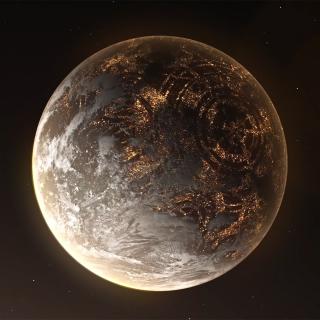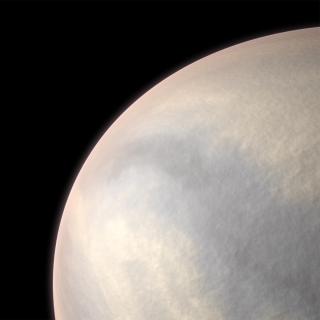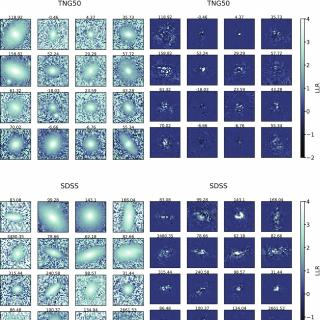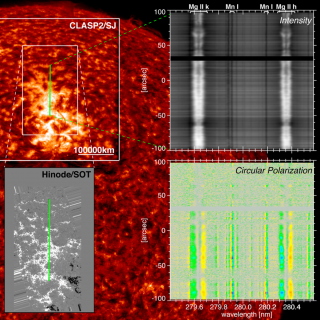
A researcher at the Instituto de Astrofísica de Canarias (IAC) is the lead author of a study with proposals for “technosignatures” -evidence for the use of technology or industrial activity in other parts of the Universe- for future NASA missions. The article, published in the specialized journal Acta Astronautica, contains the initial conclusions of a meeting of experts in the search for intelligent extraterrestrial life, sponsored by the space agency to gather advice about this topic.
Advertised on




